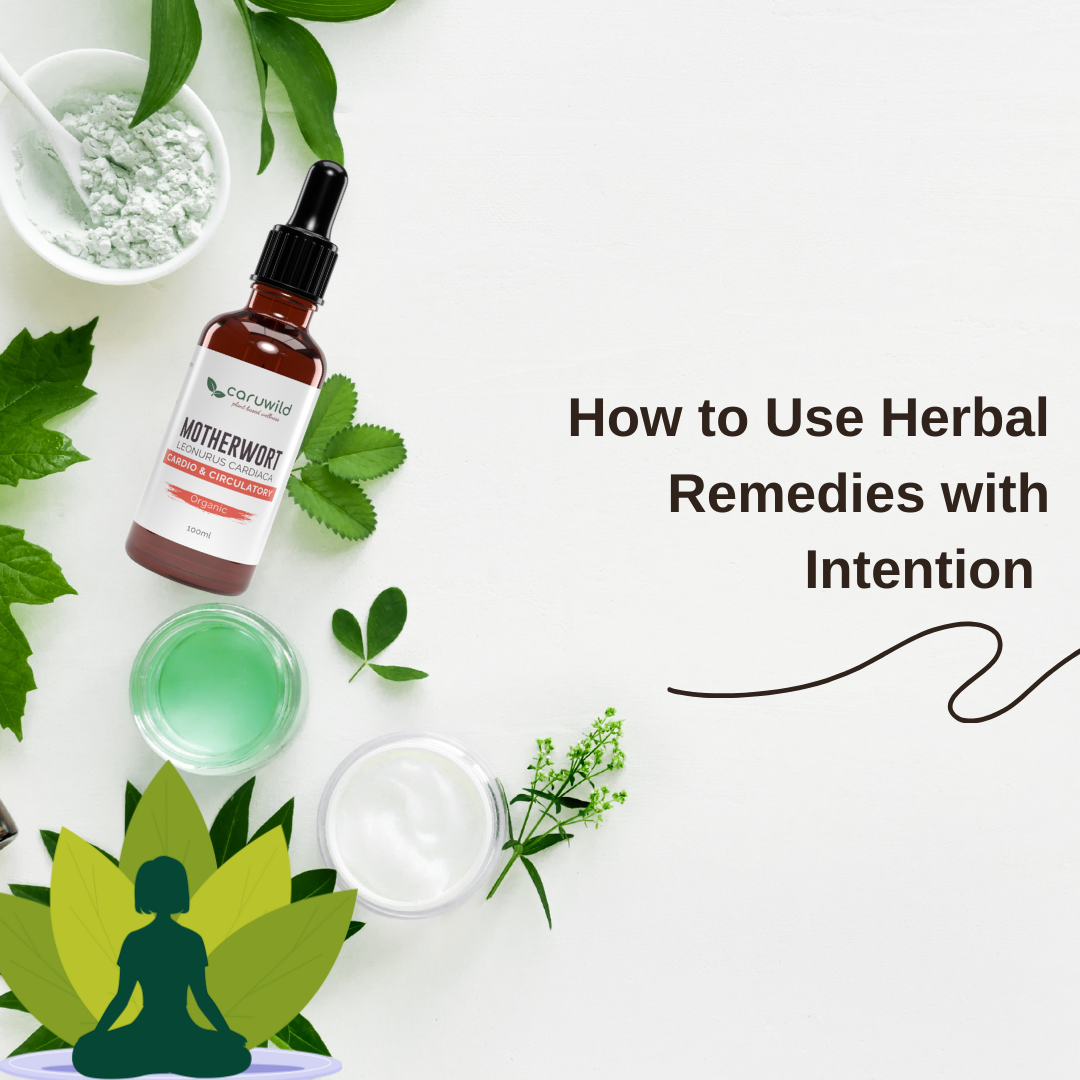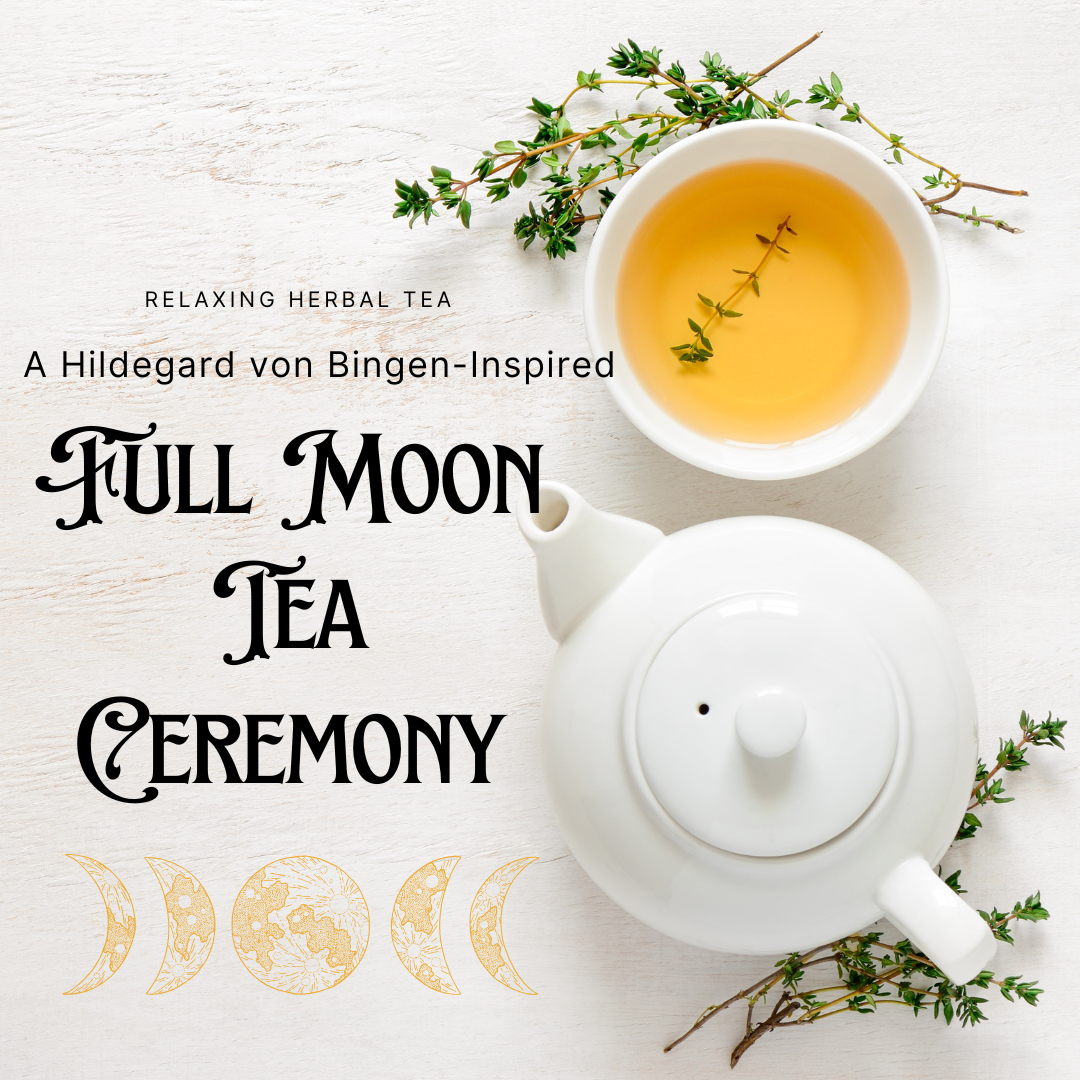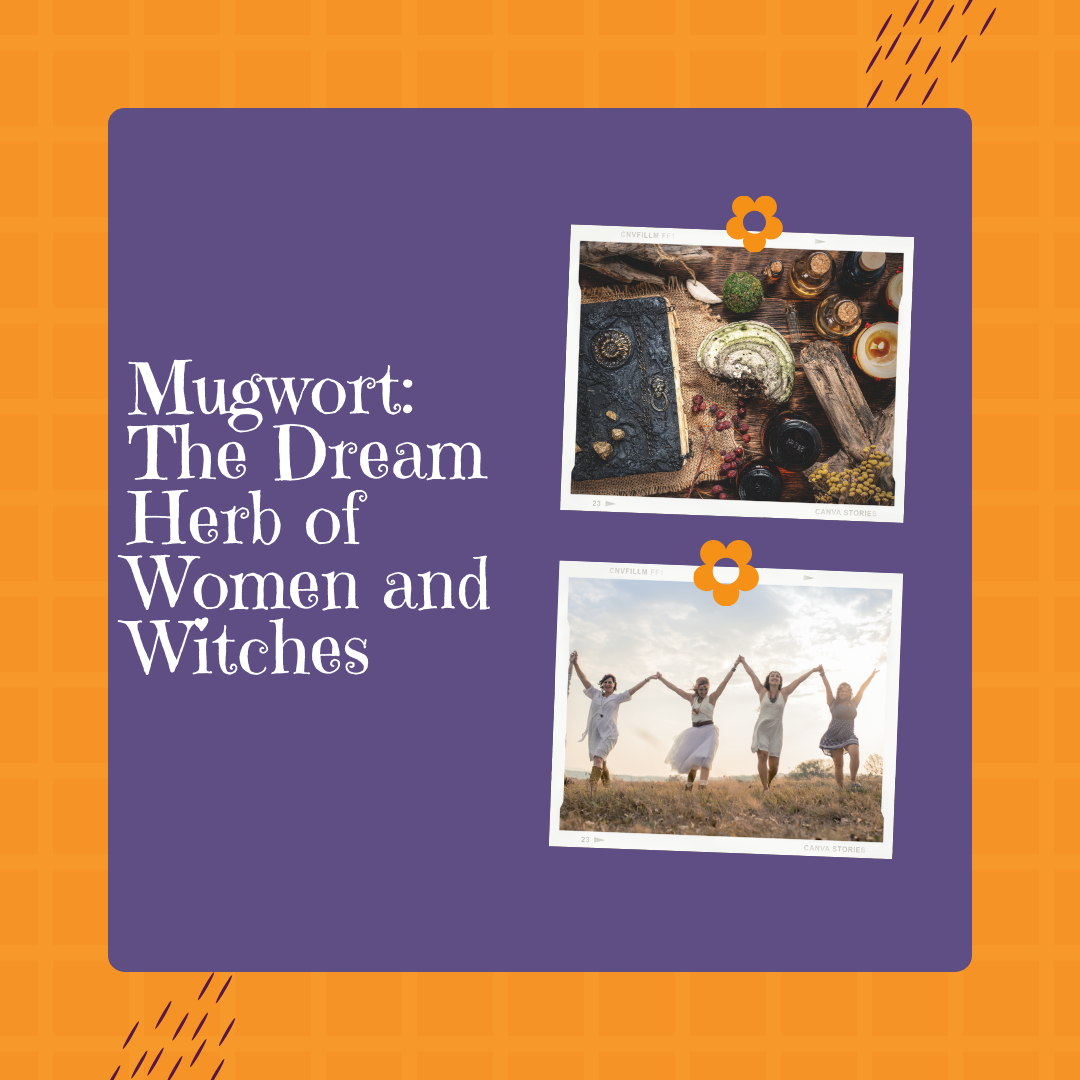
🌿 How to Use Herbal Remedies with Intention
A sacred approach to working with plants, led by presence and purpose.
In a world that often demands quick fixes and instant results, herbal remedies invite us to slow down, listen, and connect. To use herbs with intention is to treat them not just as tools, but as companions — living allies that meet us where we are.
When we approach herbal practice with intention, it becomes more than self-care. It becomes sacred care.
🌱 1. Begin with Presence
Before reaching for a tincture or brewing your tea, pause. Ask yourself:
What am I truly seeking support with?
Is it stress? Fatigue? Disconnection? A shift in seasons?
The clarity of your “why” sets the energetic tone for your remedy.
🌿 Try This: Place your hands around your herbal blend and set a simple intention. “May this support my clarity.” “May this bring me warmth.” A whispered blessing changes everything.
→ Try our Clarity Blend or Heart Grounding Tea with your morning ritual.
☕ 2. Choose the Right Form
Different preparations serve different needs:
-
Teas for slow, sustained support
-
Tinctures for quick absorption
-
Infused oils for topical healing and energetic work
-
Elixirs for rituals and emotional layers
🌿 Try This: For deep emotional support, try Skullcap + Rose Elixir during journaling or before bed. For physical vitality, a daily infusion of Nettle + Ashwaghanda does wonders.
🌿 3. Align with the Seasons
Plants are seasonal beings, and so are we. Spring asks us to clear. Summer to celebrate. Autumn to ground. Winter to rest.
🌿 Try This: Use light cleansing herbs like cleavers and dandelion in spring (Spring Green Revival), and warming herbs like ginger, cinnamon, and ashwagandha in winter (Winter Rooted Blend).
🌀 4. Let the Ritual Be the Medicine
The act of making your remedy — pouring hot water, shaking your tincture, sitting down to sip — can be just as healing as the herbs themselves.
🌿 Try This: Create a small altar for your tea. Light a candle. Breathe with each step. Let every cup become a ritual of remembering.
💫 5. Trust the Plant-Spirit Connection
Western science offers us wonderful insight into how herbs work physically, but their magic doesn’t stop there. Every plant carries a story, a spirit, and a lesson.
When we build relationships with herbs — tasting them, growing them, learning their history — we begin to understand not just what they do, but who they are.
🌿 Try This: Choose one plant per season to study deeply. Journal with it. Meditate with it. Let it become your guide.
🌕 Herbalism as Devotion
Using herbs with intention is a quiet act of devotion — to your body, to the land, and to the wisdom that flows through both.
Let every tincture be a prayer.
Let every cup of tea be a remembering.
Let every remedy remind you that healing is not linear — it is cyclical, seasonal, and sacred.
→ Explore our Intentional Herbal Offerings
→ Discover the full Rituals & Rhythms Collection



